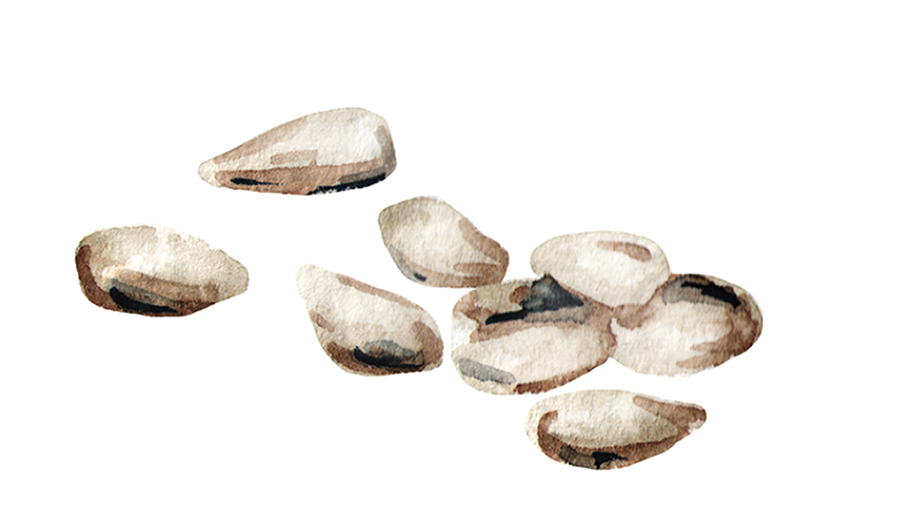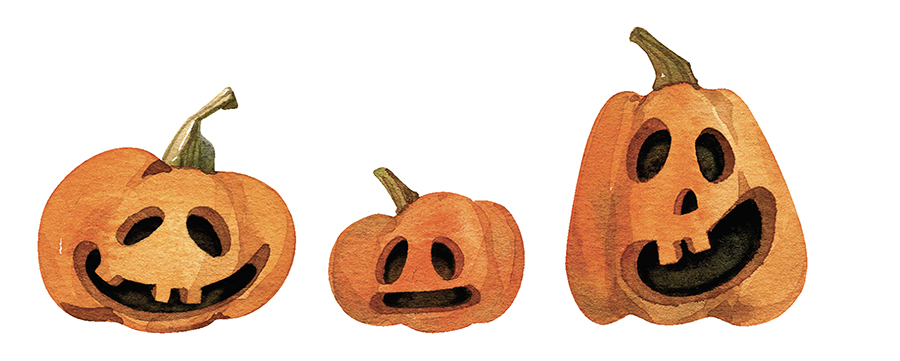Almanac July 2023
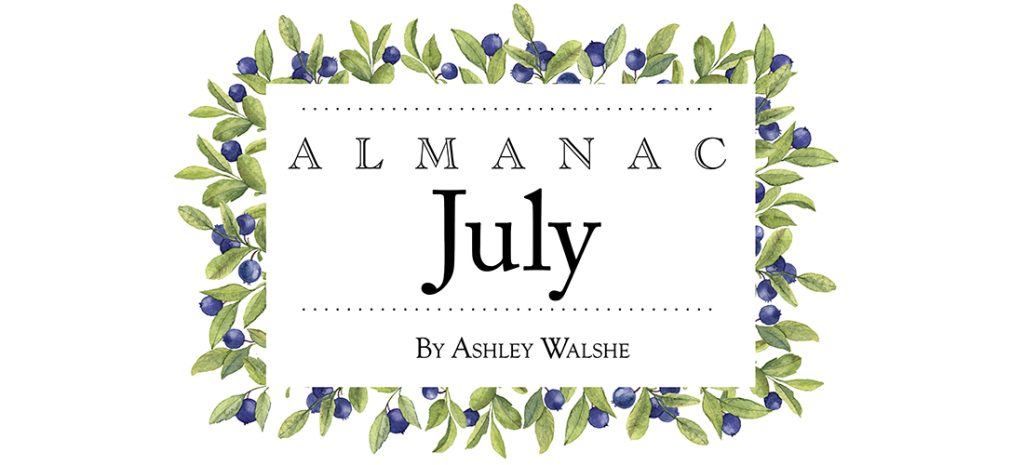
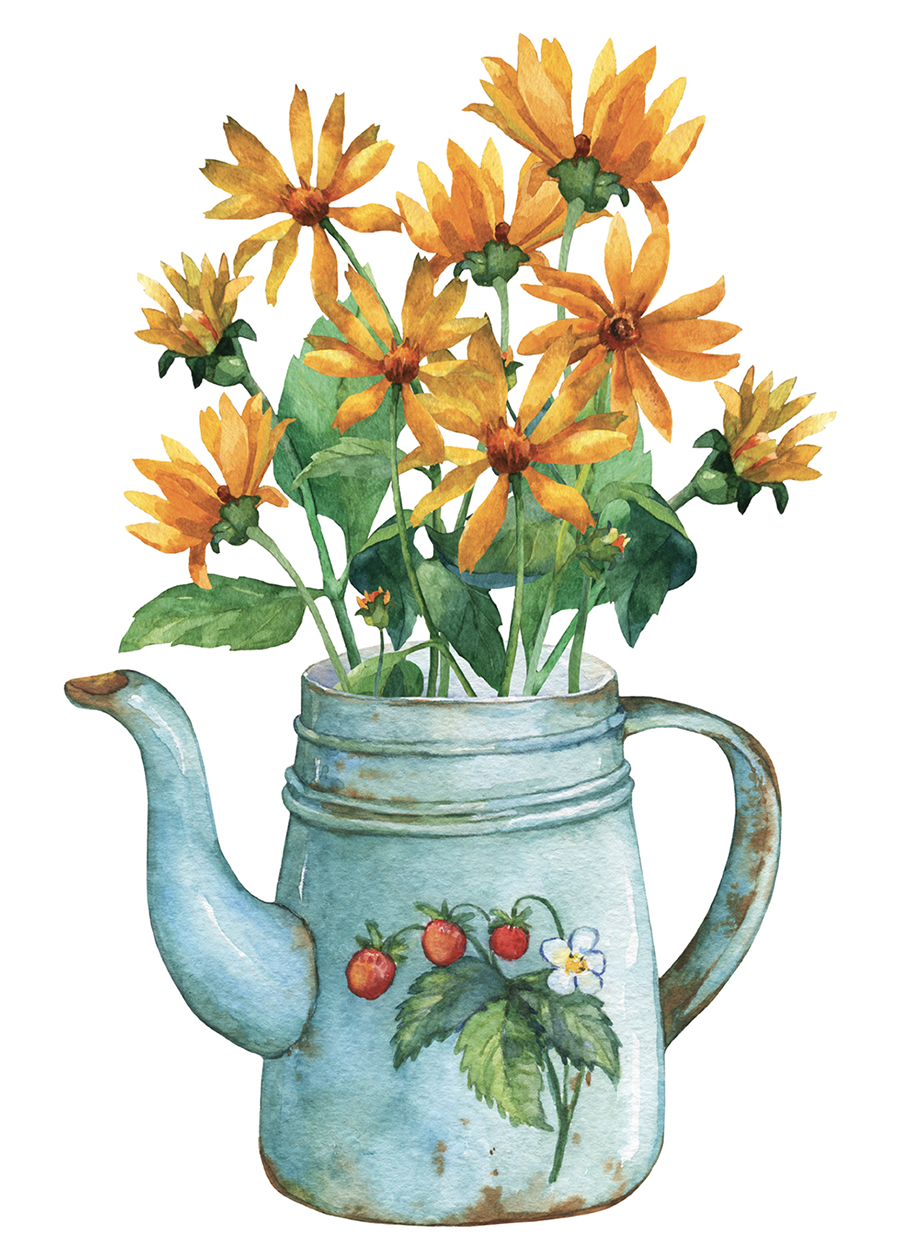 July is a recipe for pie.
July is a recipe for pie.
As the birds blurt out their morning devotions, your mantra is singular and succinct: blueberries. Even the word feels ripe and juicy. You snag a sunhat, load up on water, gather the vessels for the great summer harvest.
Before the heat consumes the day, you step into the balmy morning, bright-eyed and unwavering. The walk to the woody temple is more than a core memory. You know it in your bones. As the robin chants his ancient hymn, you whistle along:
Blue-ber-ries, ber-ries, ber-ries, blue-ber-ries . . .
At last, you stand before the altar of the sun-loving shrubs, awestruck. Clusters of plump berries nearly drip from sweeping branches. The ripe ones tumble at your touch.
You find your rhythm: three for the basket; one for the tongue. You’ll need six cups for pie. Seventy berries per cup.
One for the basket, three for the tongue. The pop of sweetness fuels you. Pie is nice, but fresh berries are the best berries. Just ask the whistling robin.
As the air becomes syrup, you reach for one last cluster, coaxing a final palmful with purple-stained fingers. One, two, three for the tongue.
On the trek back, belly and baskets brimming, you are one with the great summer harvest. The horizon holds visions of sugar and lemon and lattice crust. Yet nothing could be sweeter than this sun-drenched moment, the salt on your skin, fresh blueberries on the tongue.
Like a Charm
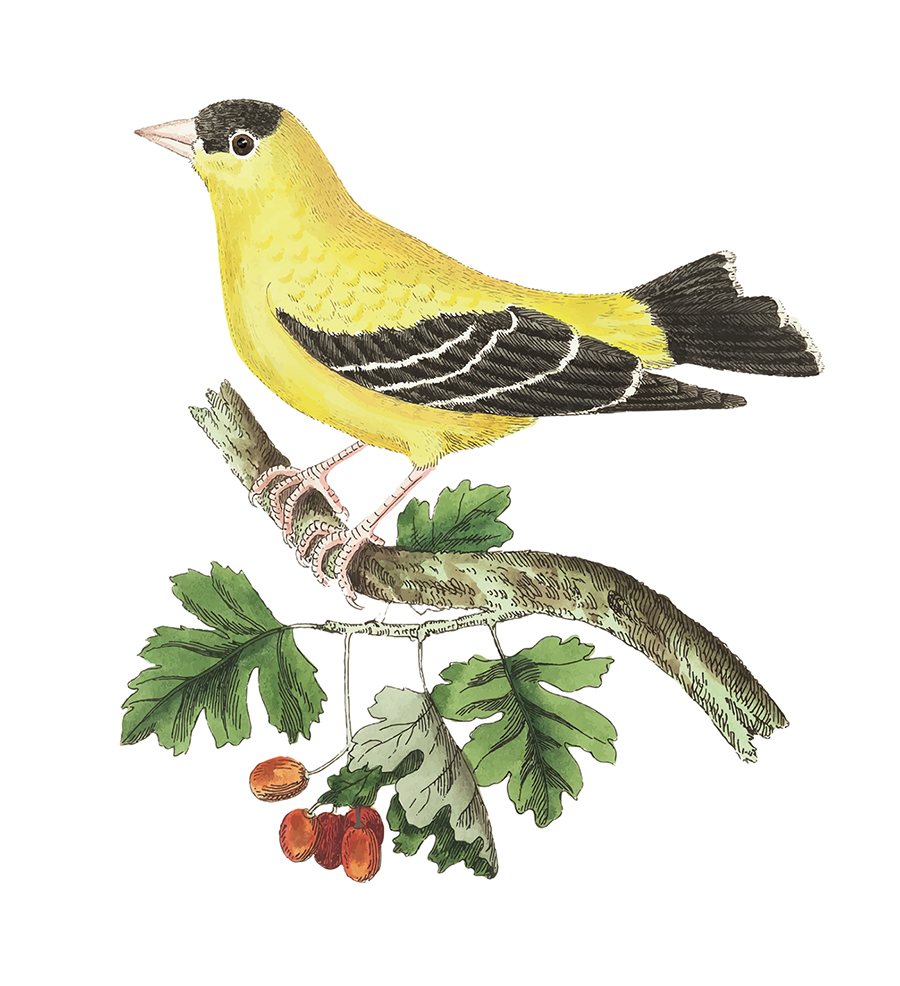
Black-eyed Susan is blooming. Jewelweed, too. And, did you see that brilliant flash of yellow?
At last, it’s nesting season for the American goldfinch. Where the thistle grows wild and thick, female finches line their nests with — that’s right — fluffy white thistle down.
These late-season breeders undulate through the air as they fly, foraging for thistle and grass seeds in wide-open meadows. Spotting one is a delight. But should you ever see a flock of them (they’re gregarious year-round), consider yourself charmed. A congregation of goldfinches, after all, is called a charm.
Better than any argument is to rise at dawn and pick dew-wet red berries in a cup. — Wendell Berry
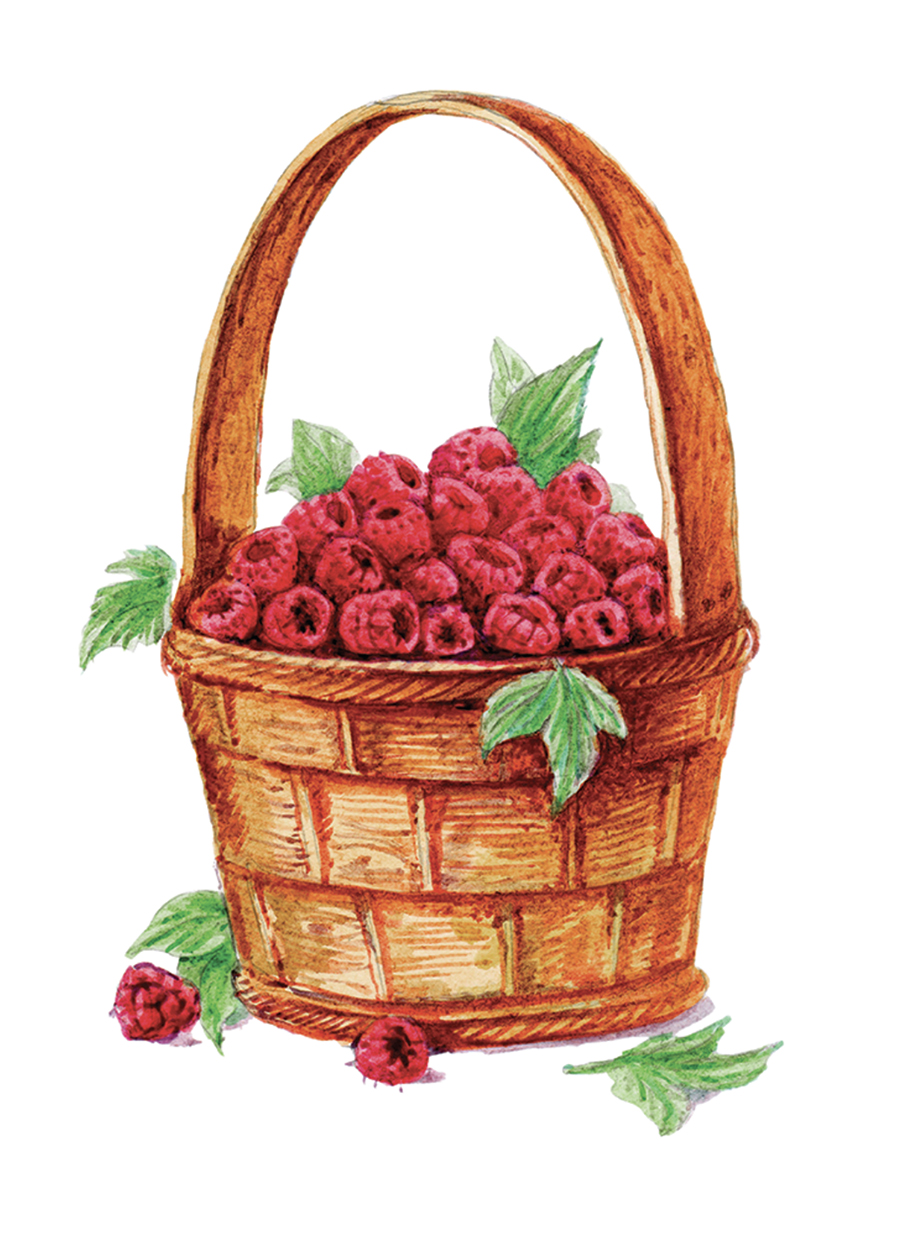
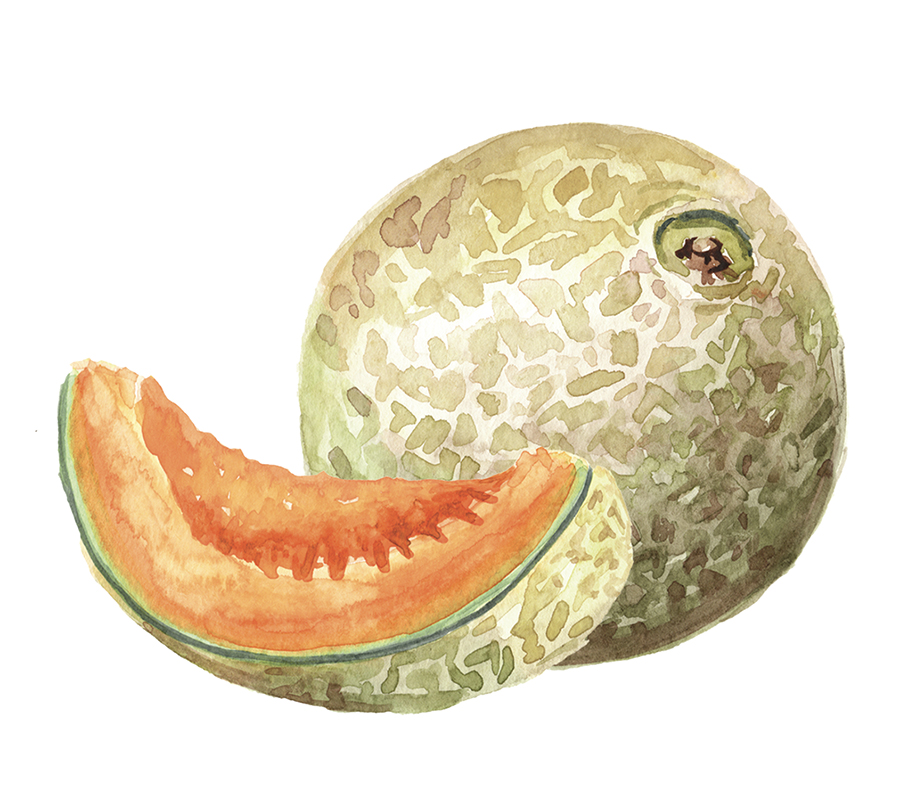 In the Garden
In the Garden
Snap beans and melons and snakes! Oh, my.
The summer garden is brimming with goodness and — if you’re lucky — perhaps a resident garter snake. Harmless to humans (although they may bite in self-defense), these carnivorous wonders feast on slugs, cucumber beetles and other garden pests. They’re not here for the Silver Queen or Cherokee Purples.
This time of year, female garters may be eating for two. Or, rather, a wriggling knot of live young. Learn how to identify these slithering allies should you peel back the vines to a surprise garden party. Don’t forget your stripes! PS

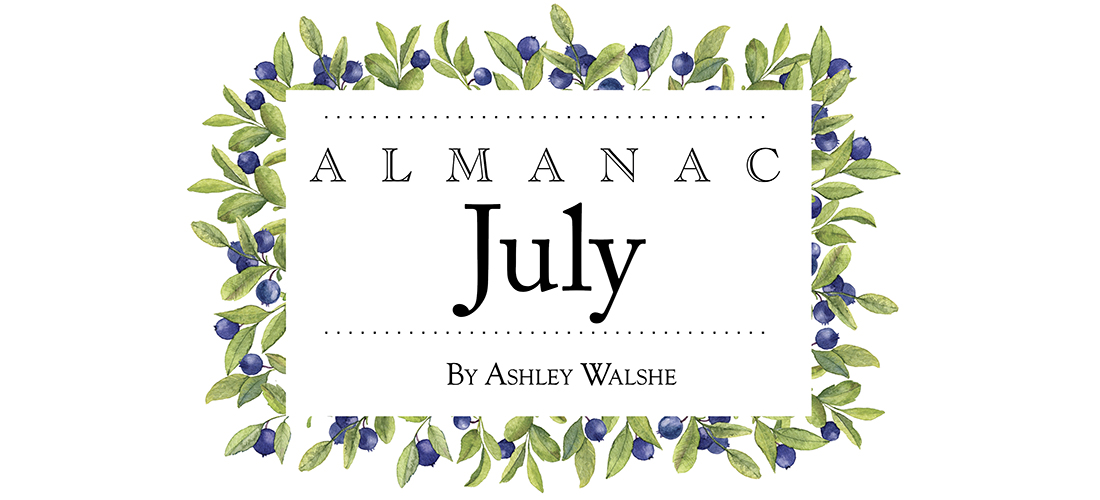
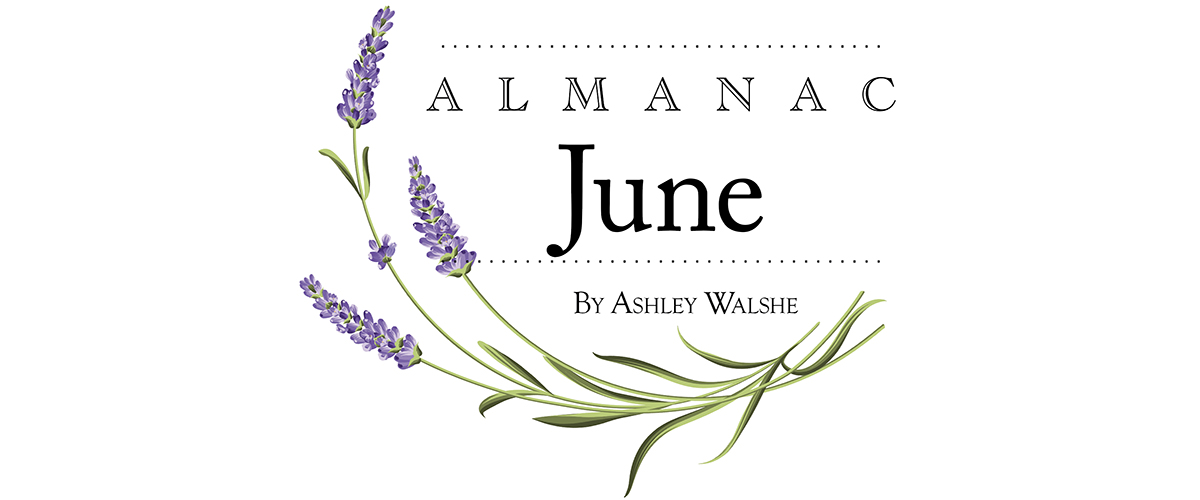
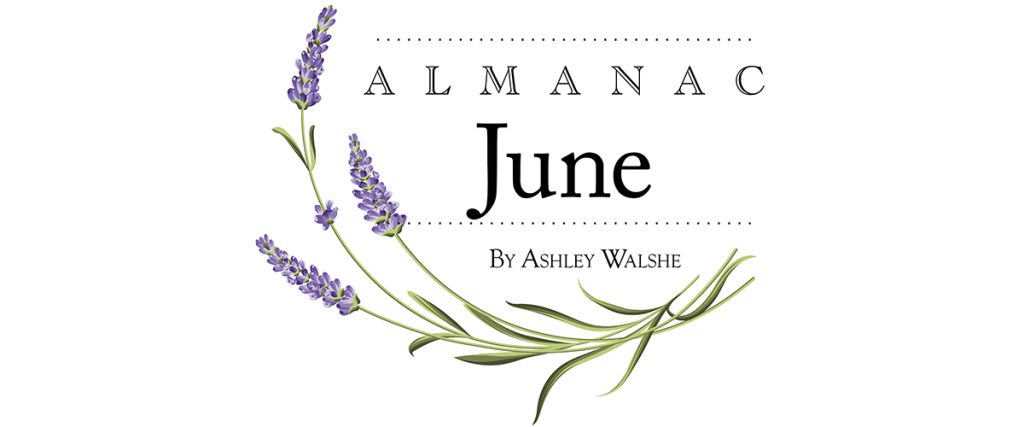
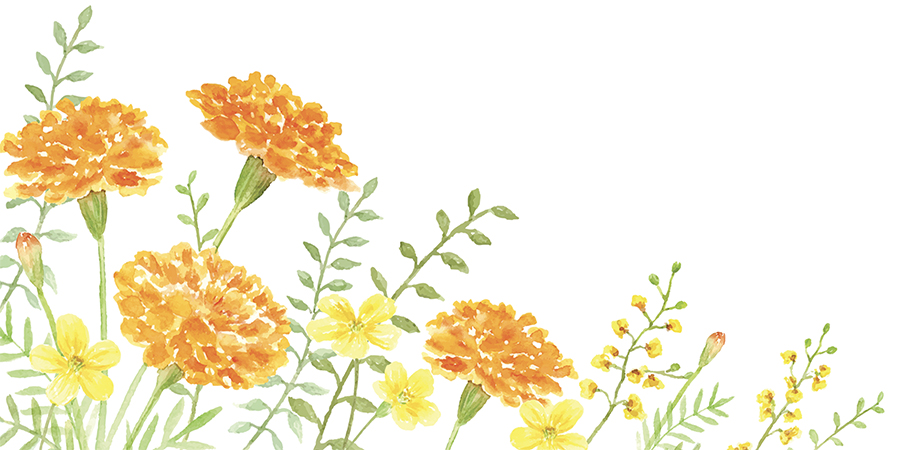
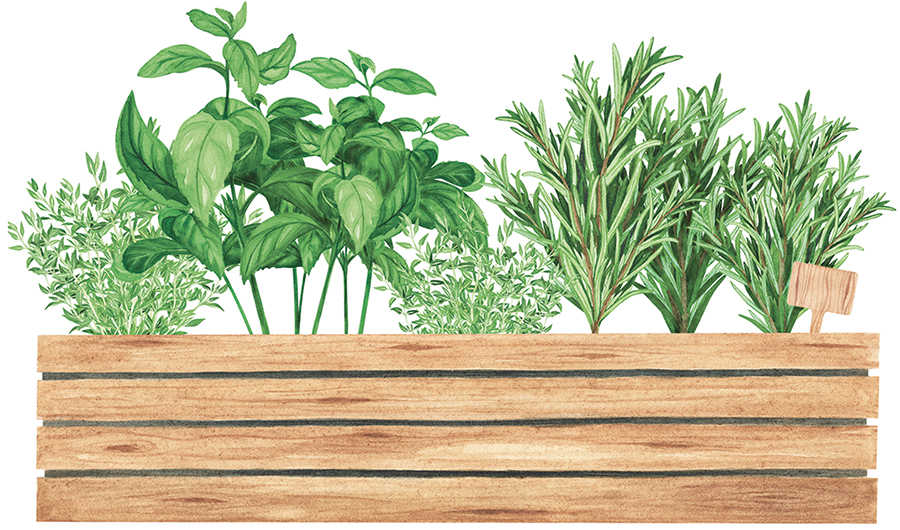
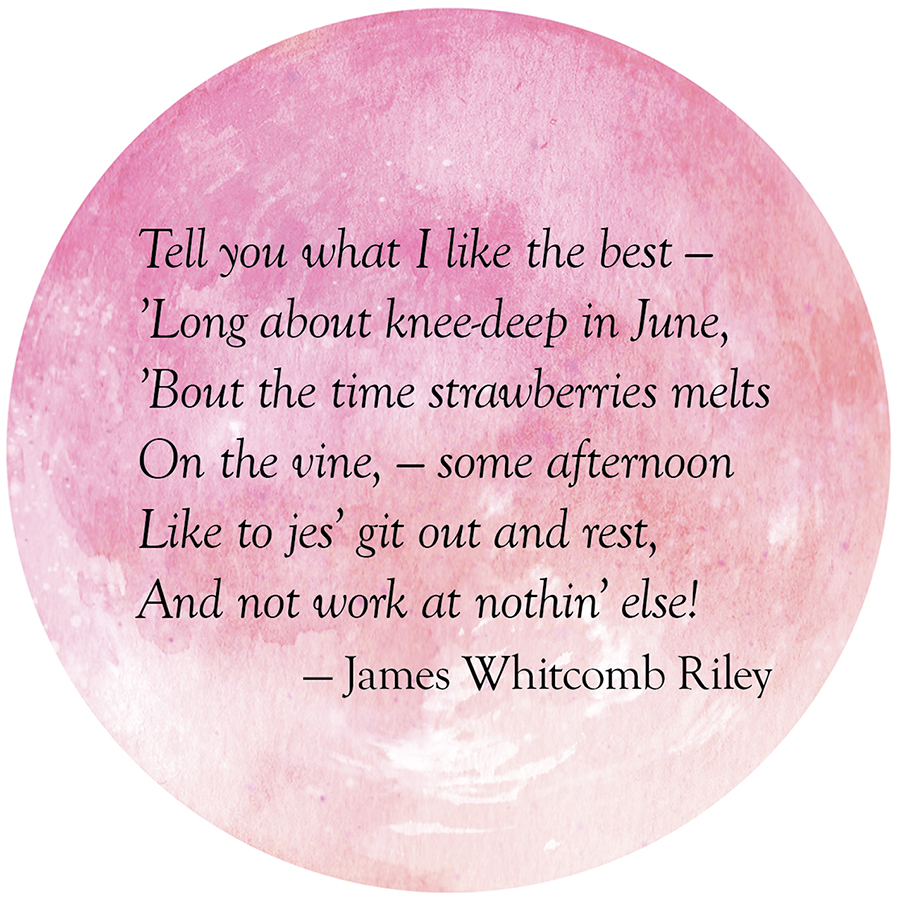


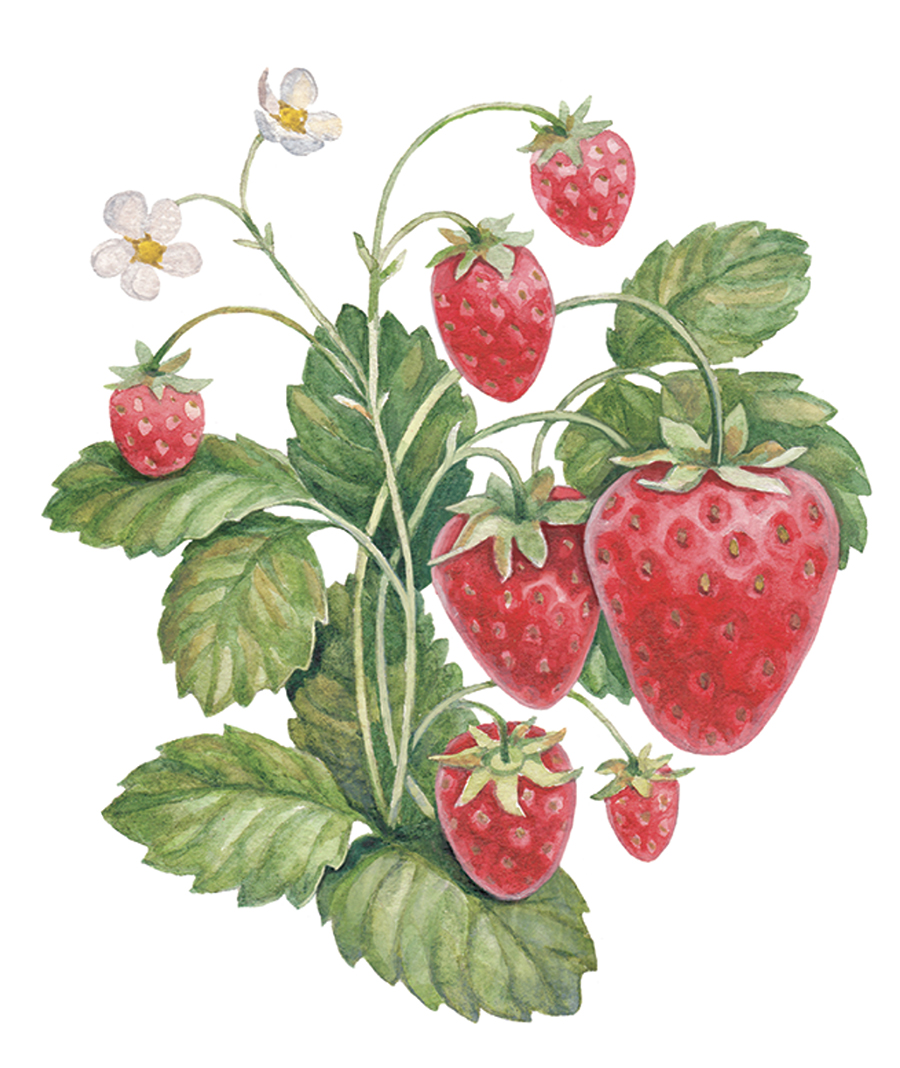 M
M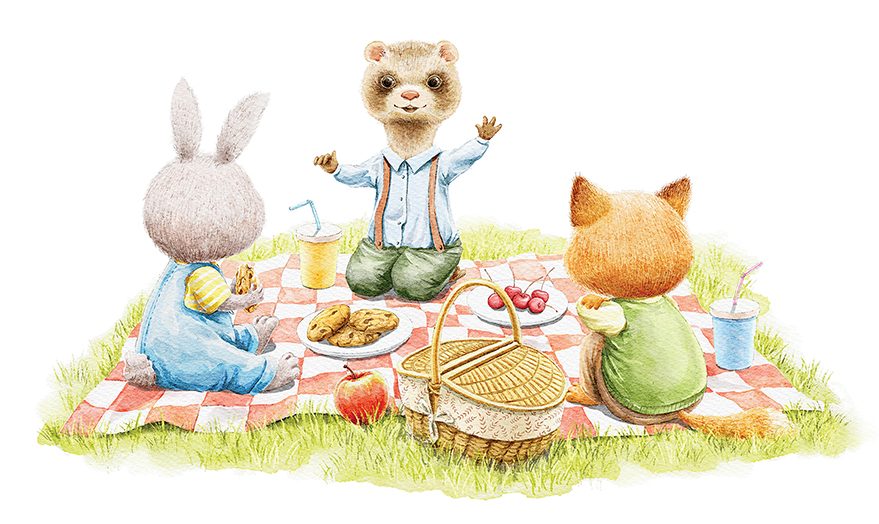
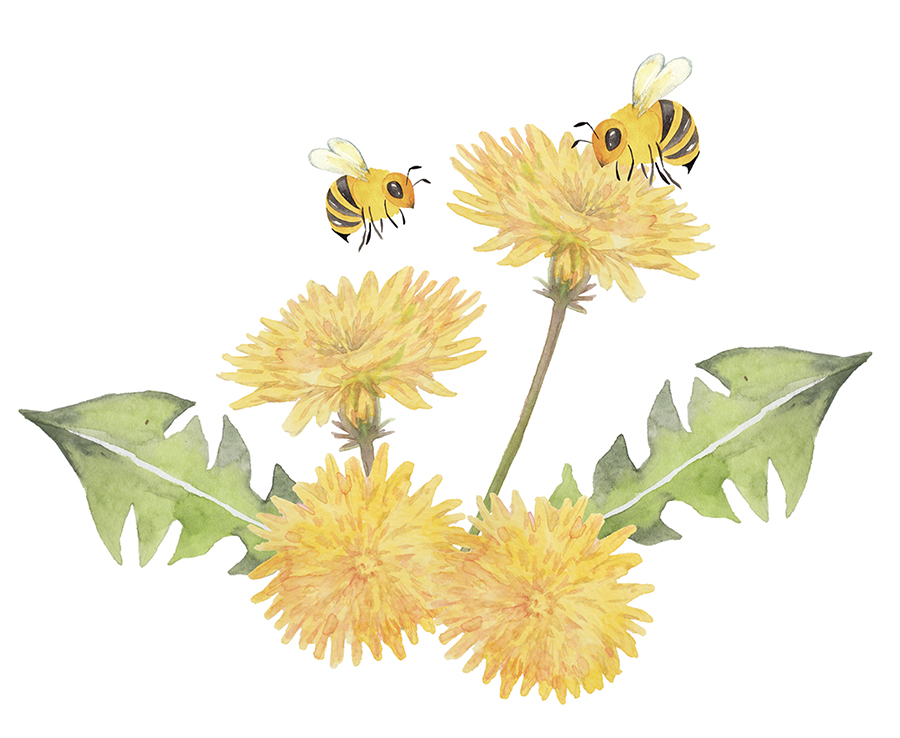 National Wildflower Week, celebrated during the first full week of May, is spring at its finest. The air is sweet. Roadsides and meadows are bursting with life and color. The pollinators are here for the party.
National Wildflower Week, celebrated during the first full week of May, is spring at its finest. The air is sweet. Roadsides and meadows are bursting with life and color. The pollinators are here for the party.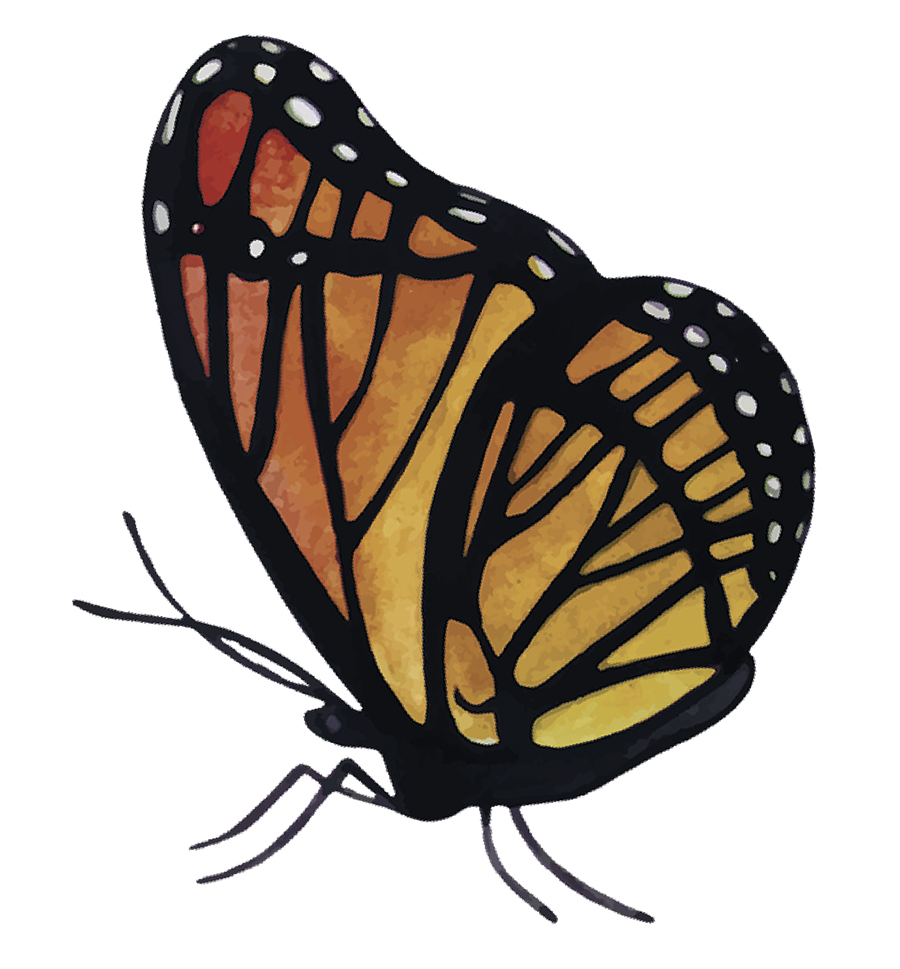
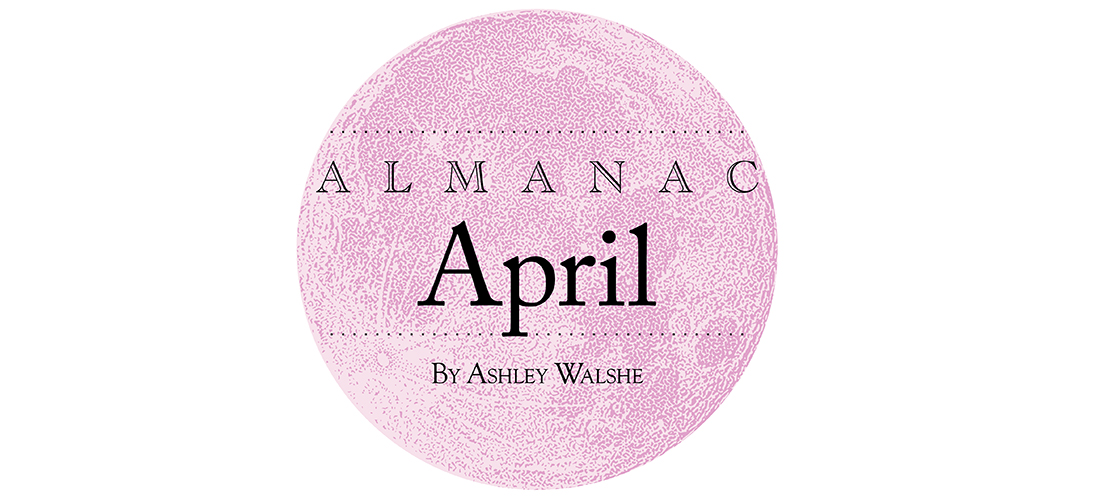
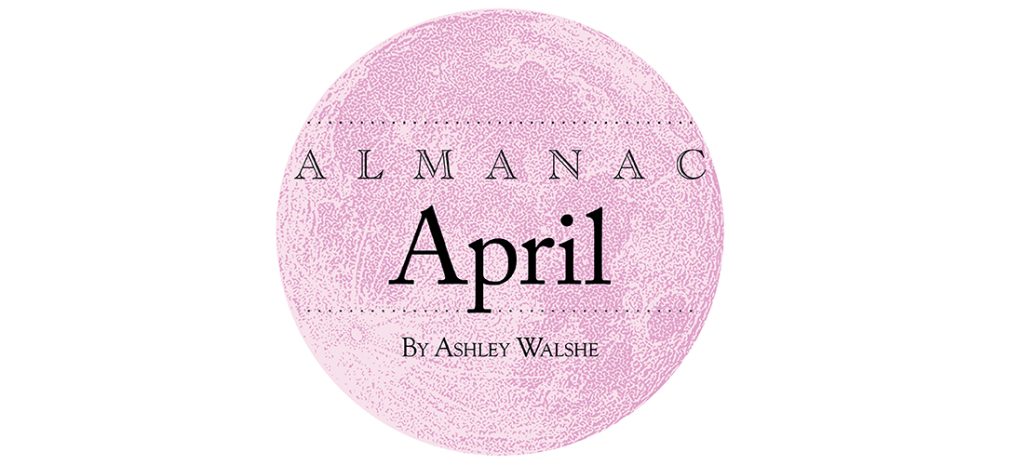
 A
A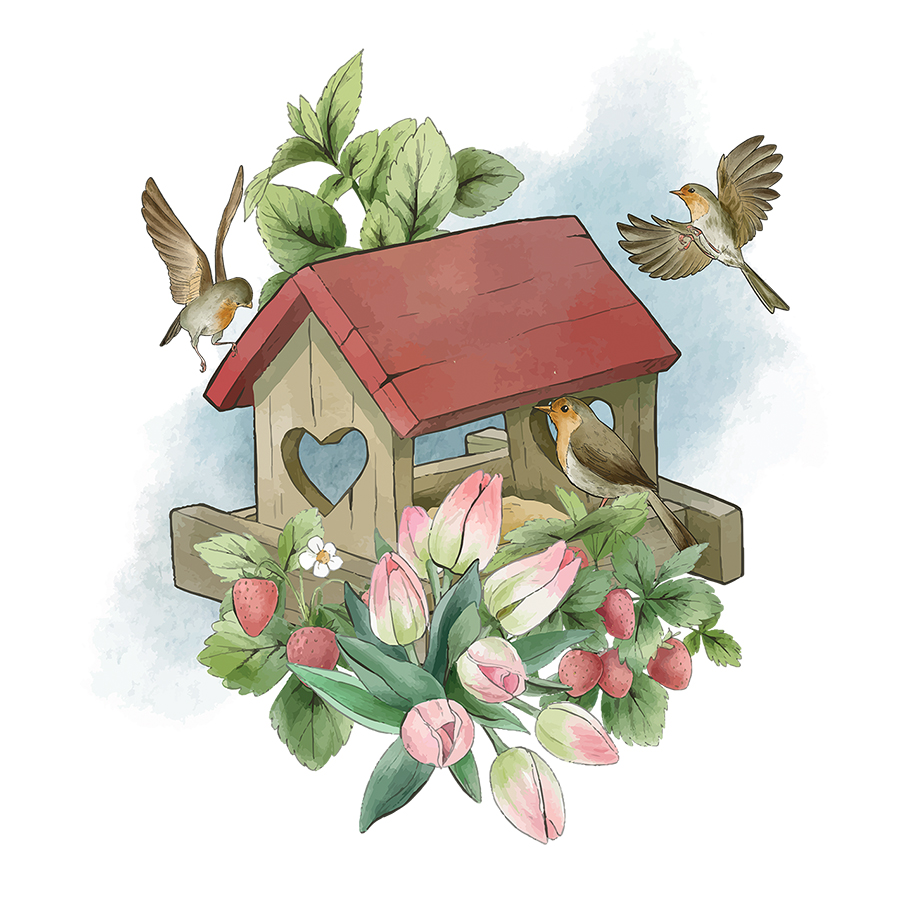
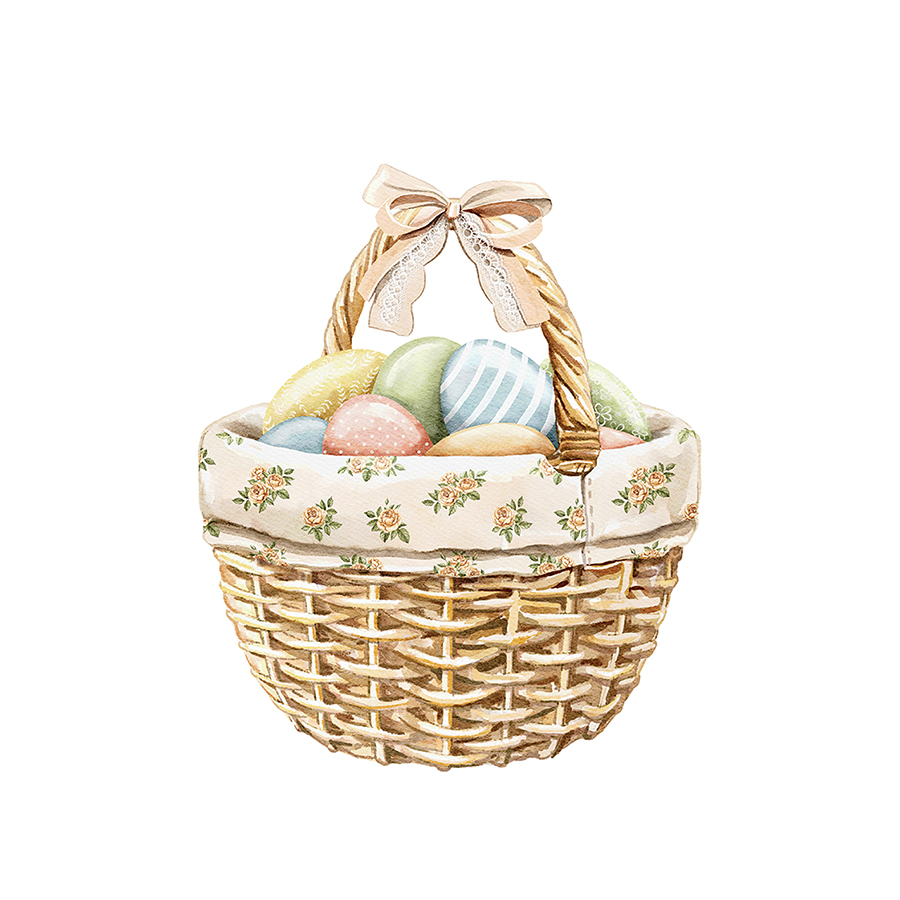
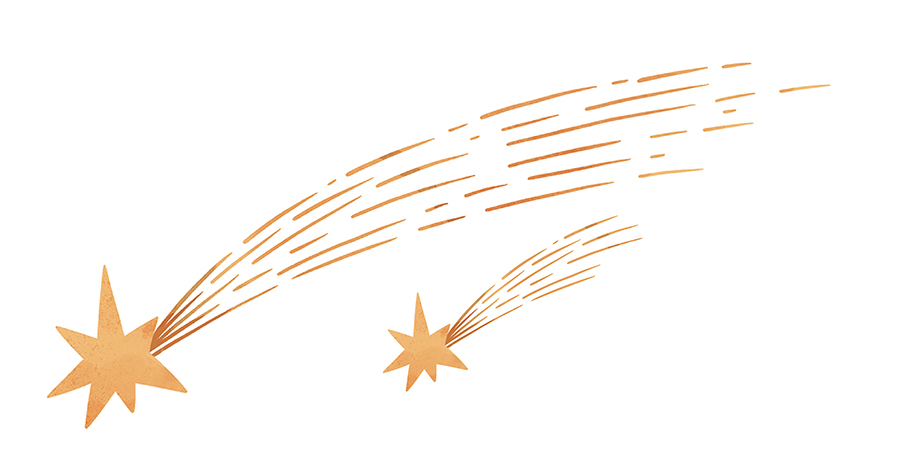 According to Smithsonian magazine, the Lyrid meteor shower is one of the 10 most “dazzling” events for stargazers in 2023. This year’s shower peaks on Saturday, April 22 (Earth Day).
According to Smithsonian magazine, the Lyrid meteor shower is one of the 10 most “dazzling” events for stargazers in 2023. This year’s shower peaks on Saturday, April 22 (Earth Day). 
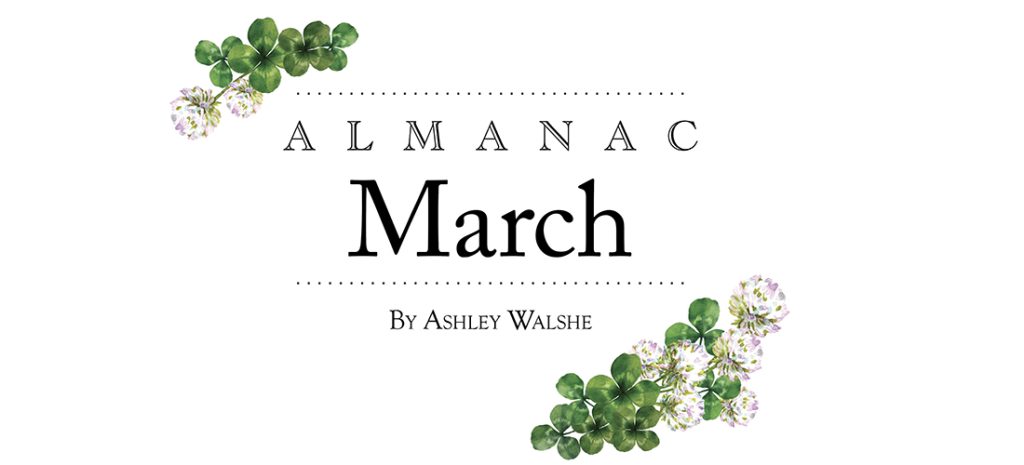
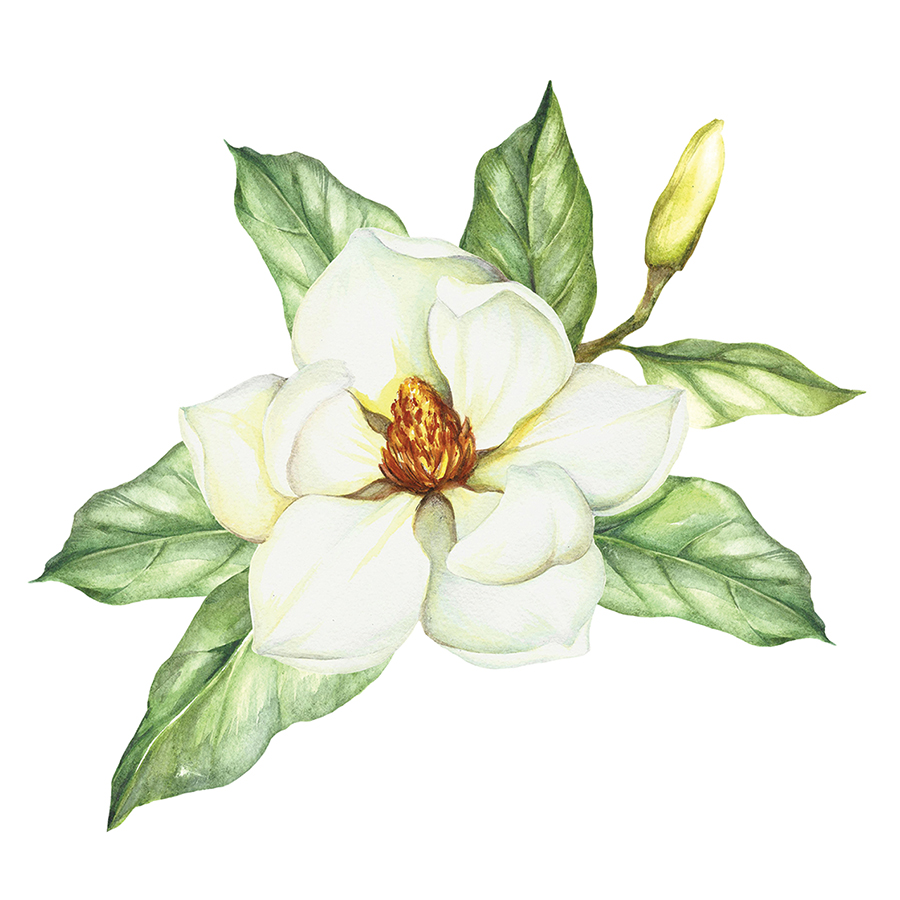
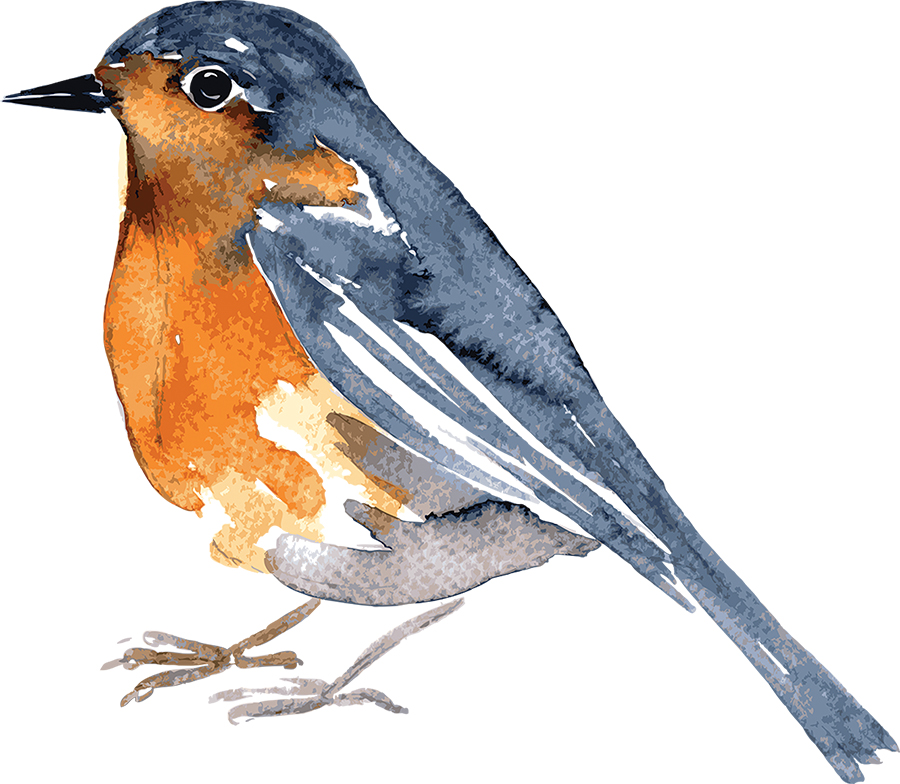
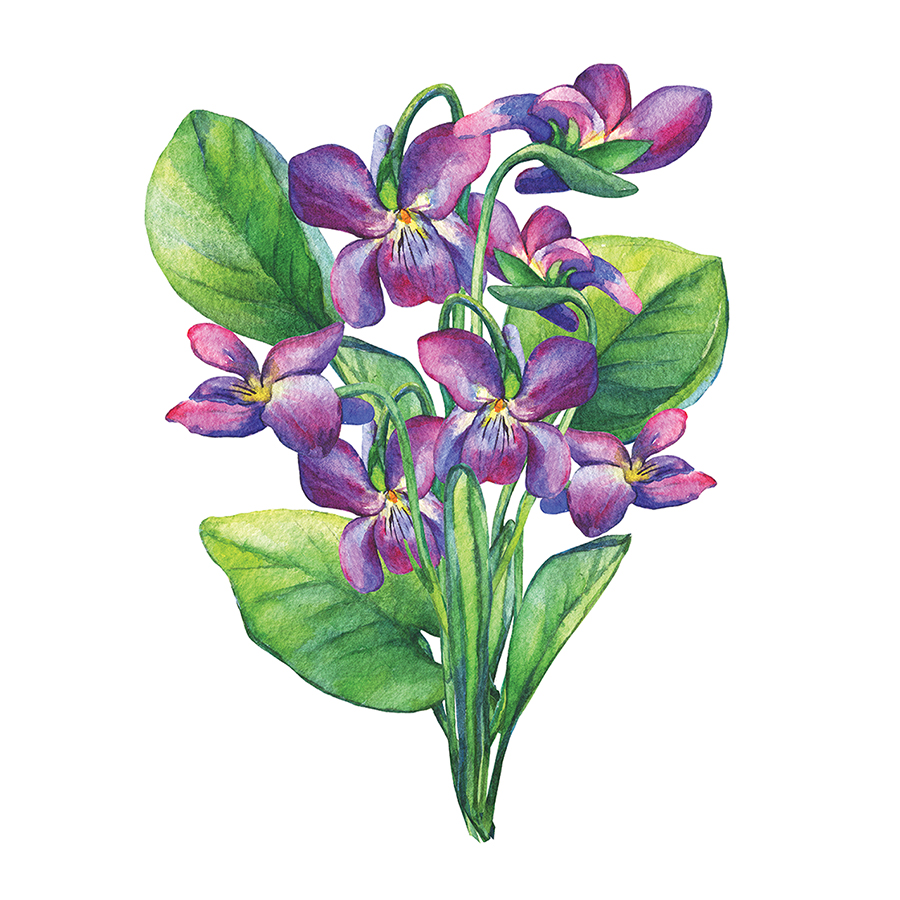
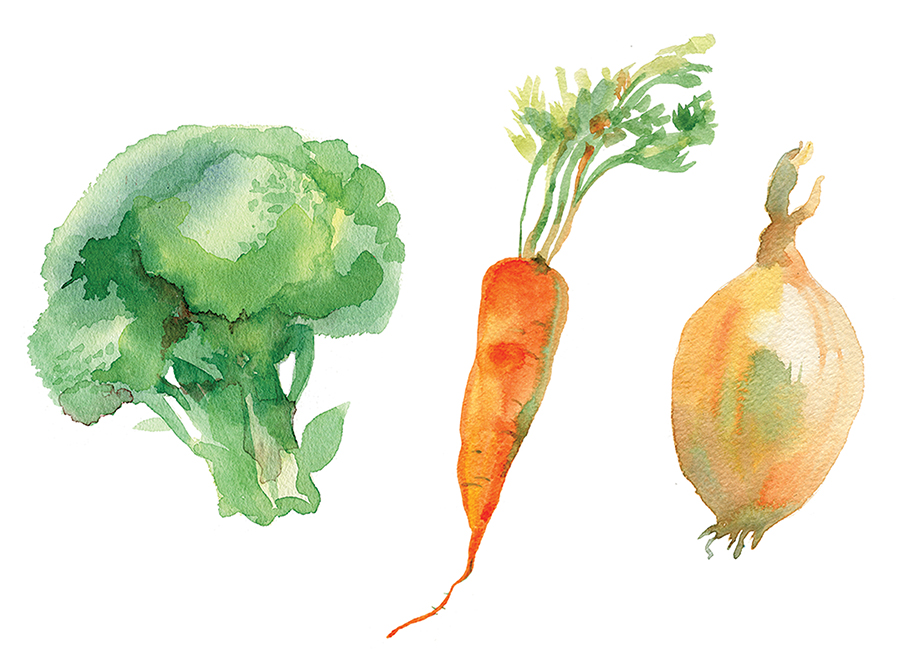
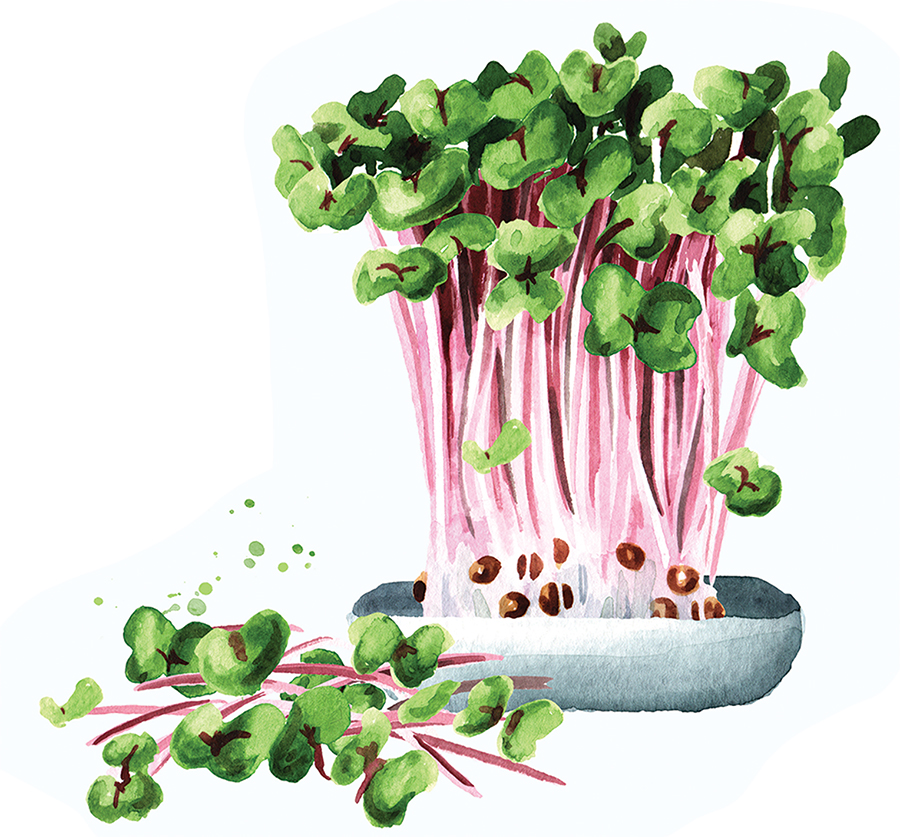
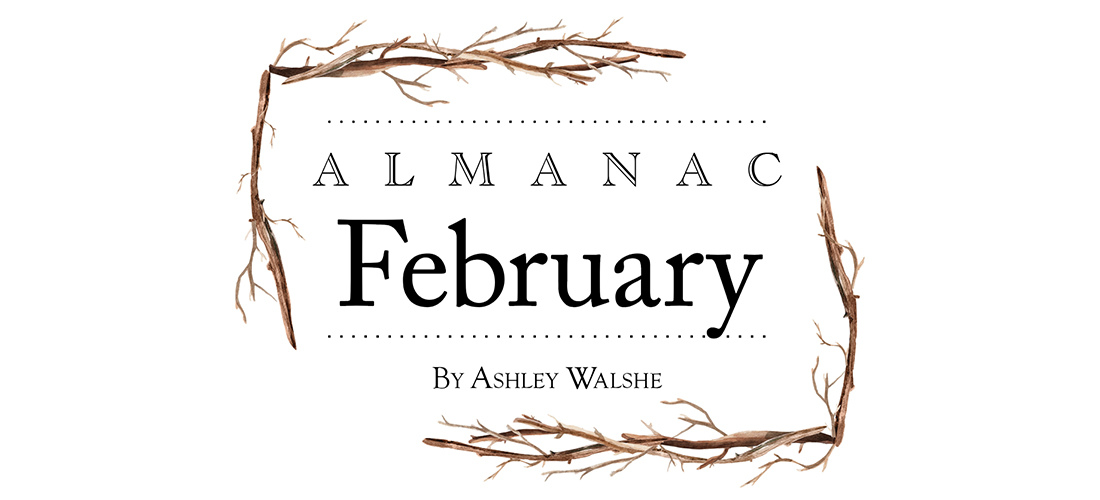
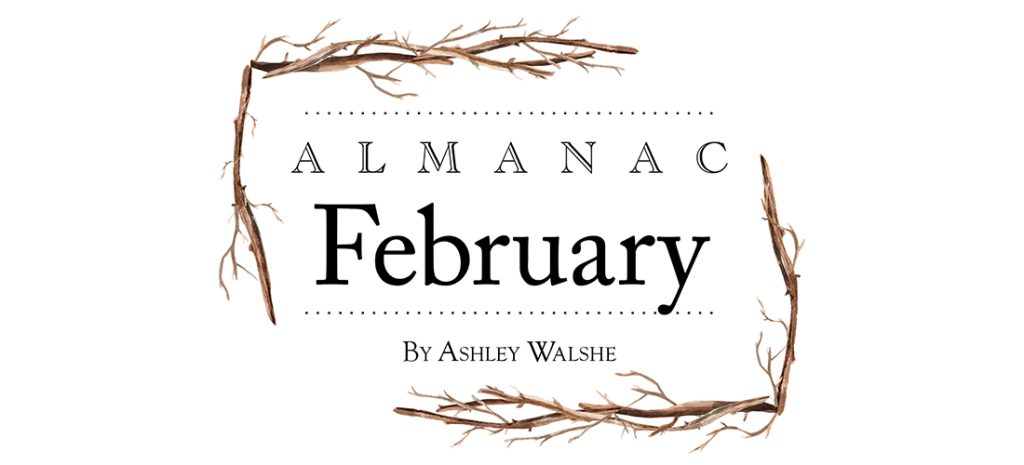
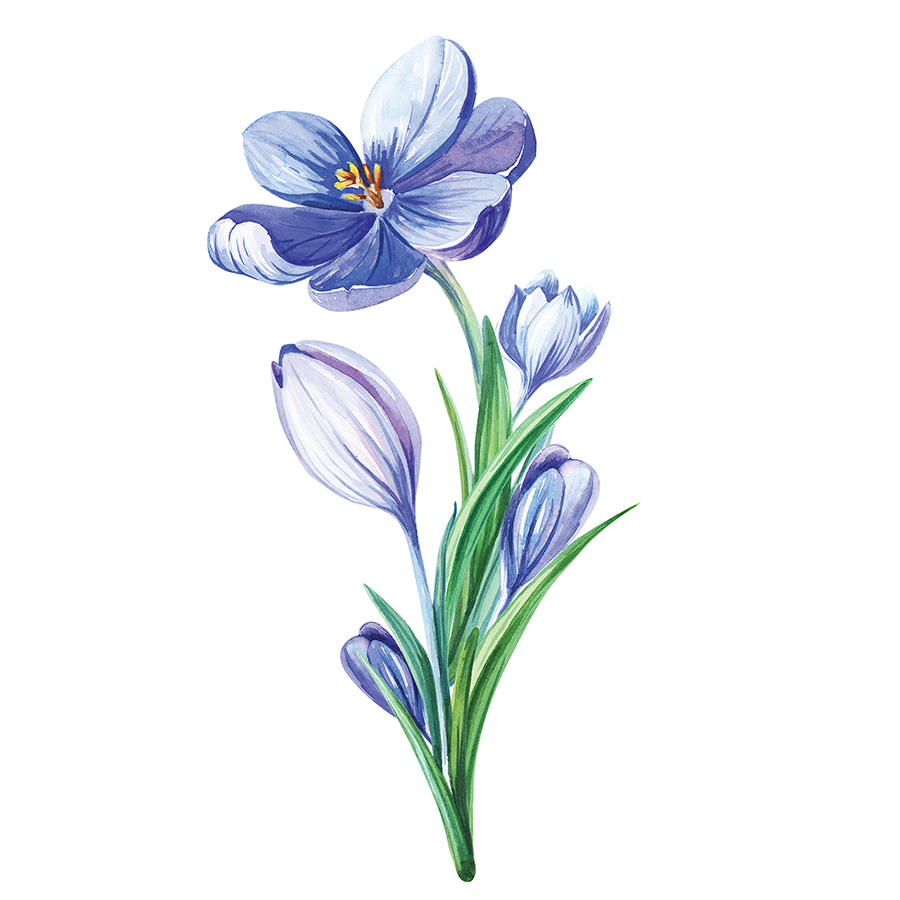 F
F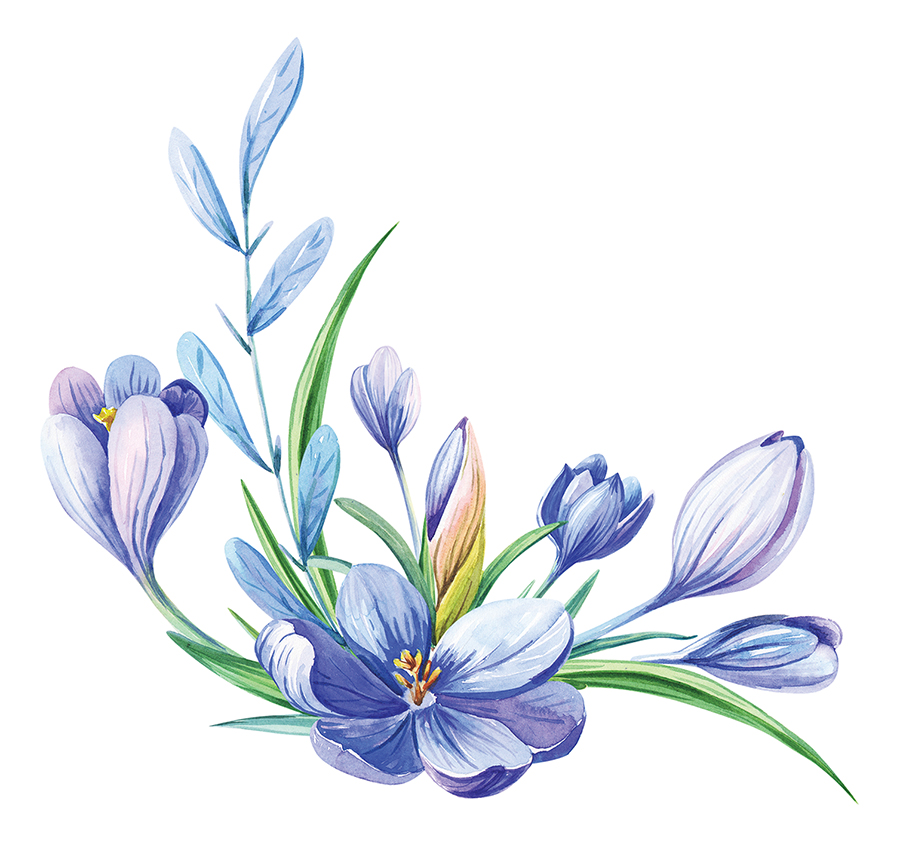 February offers contrast.
February offers contrast. 
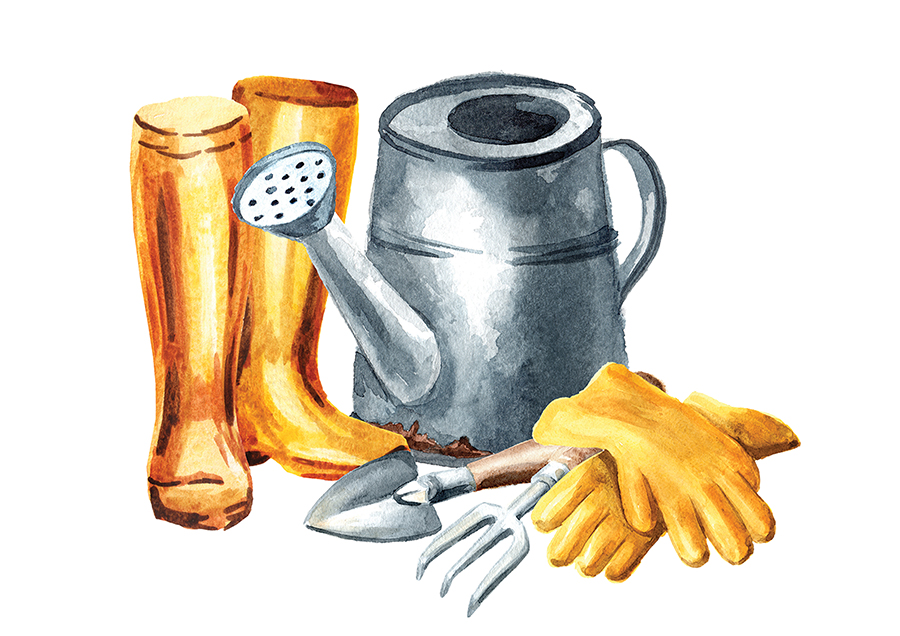
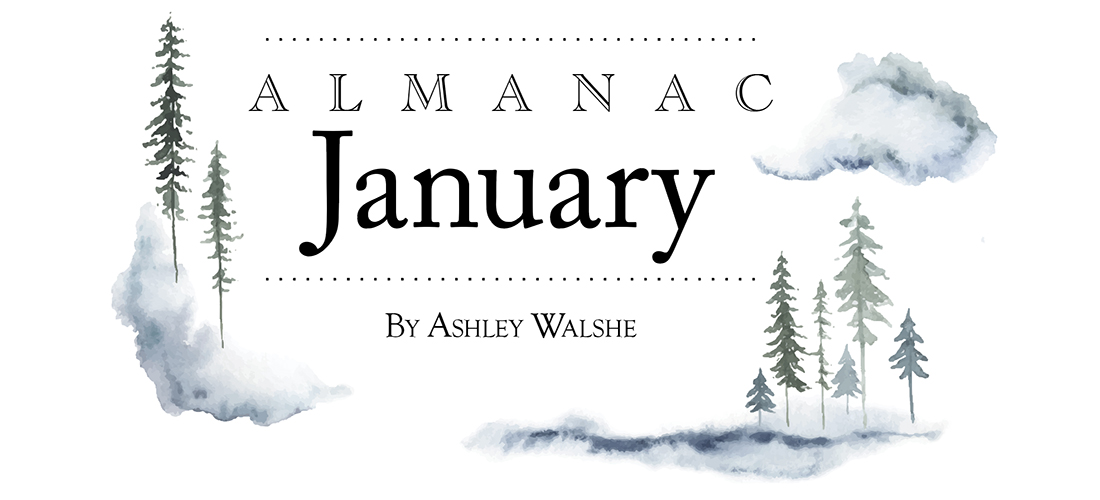
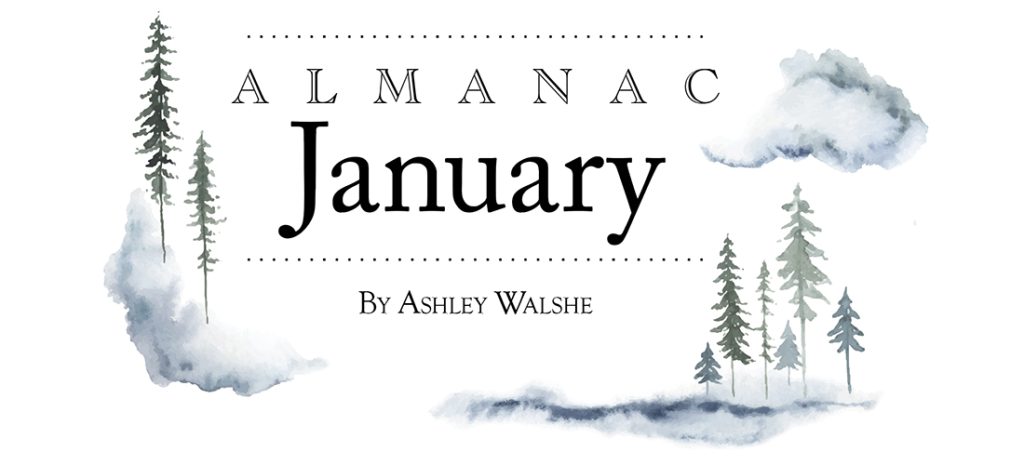
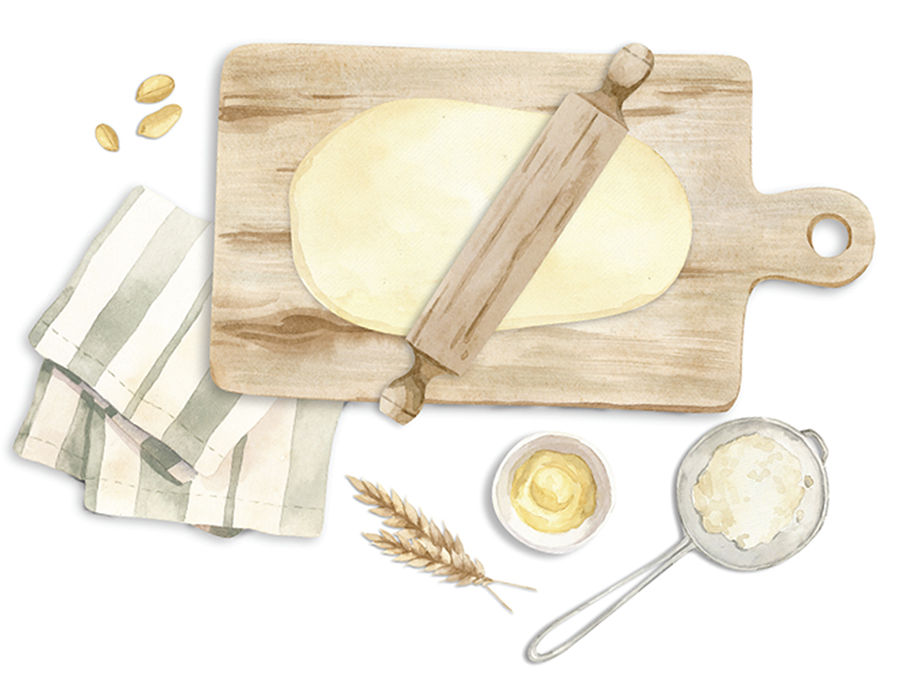 J
J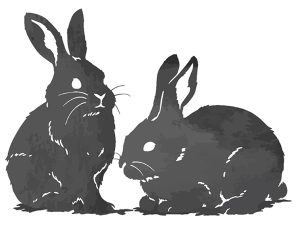
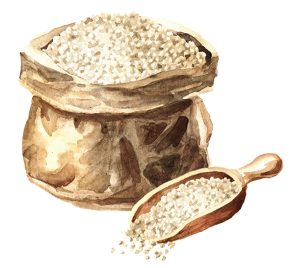 The Blank Canvas
The Blank Canvas 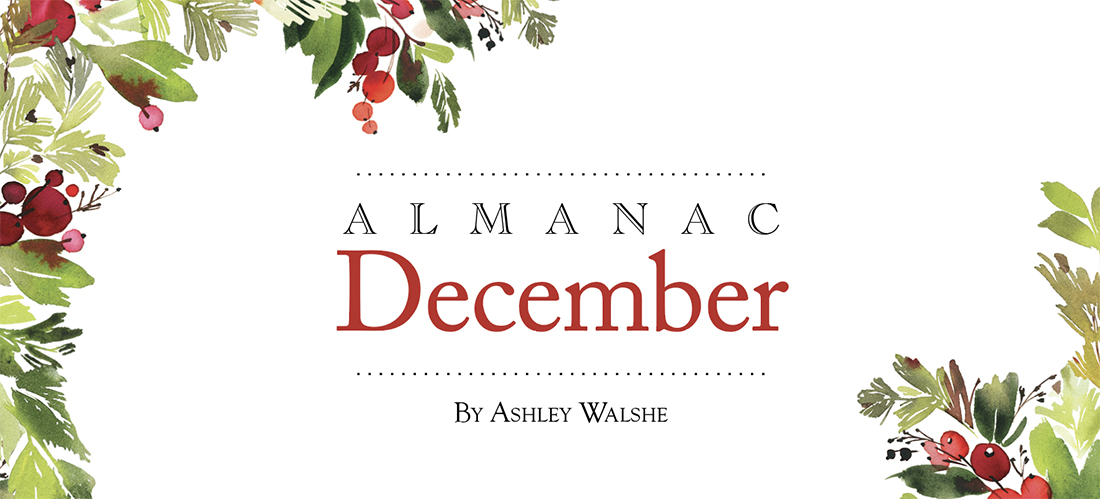
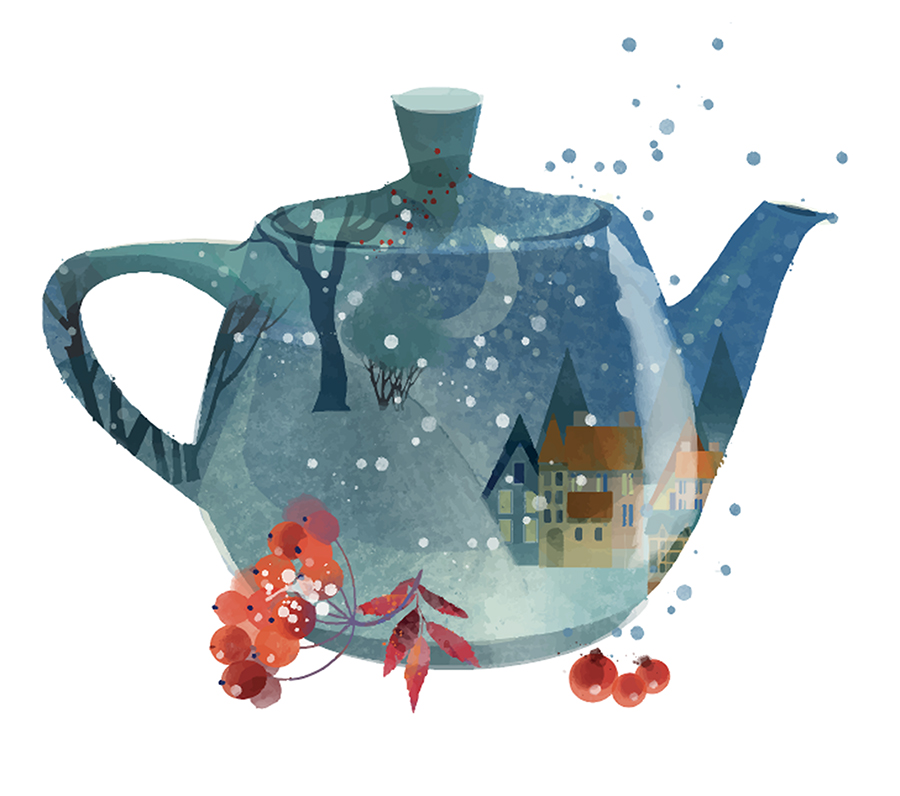

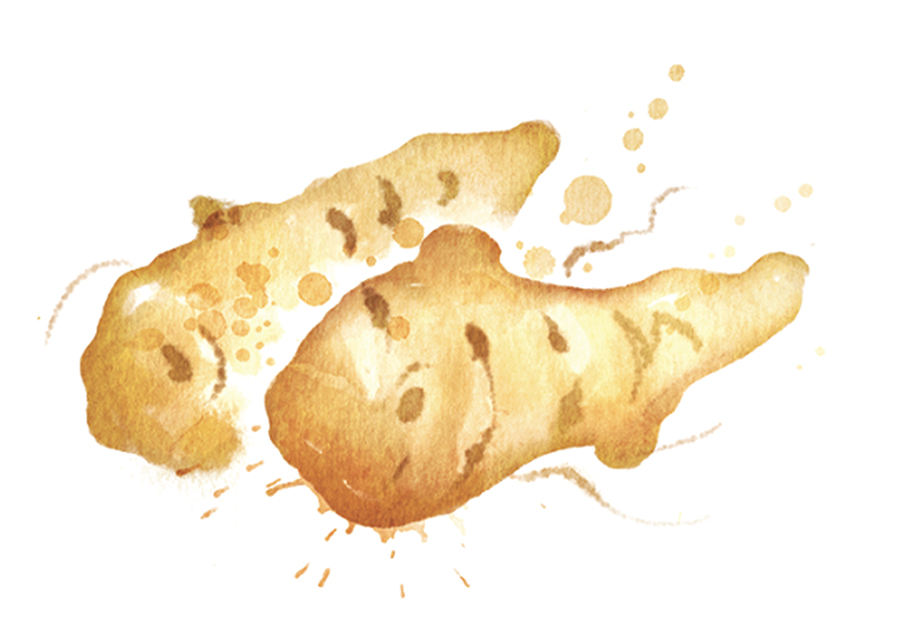
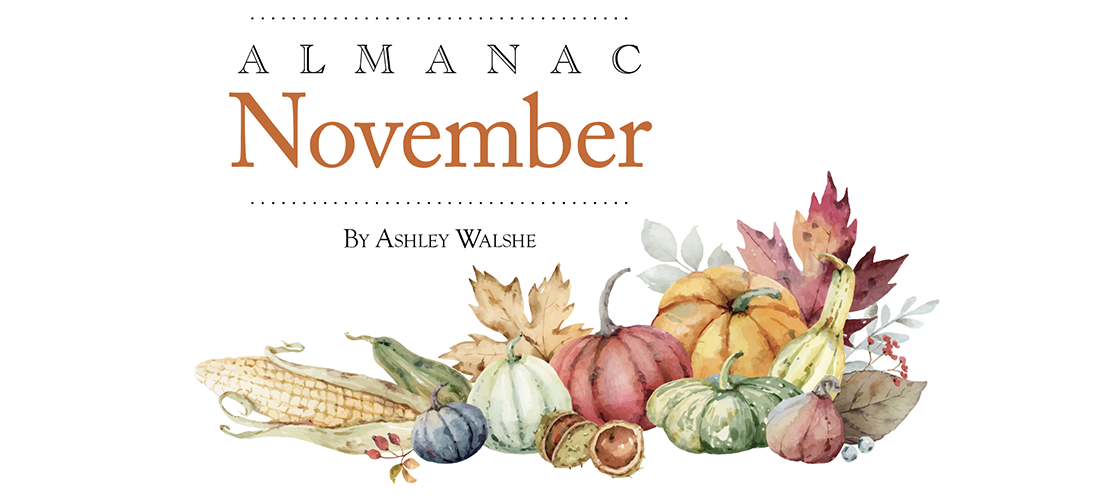
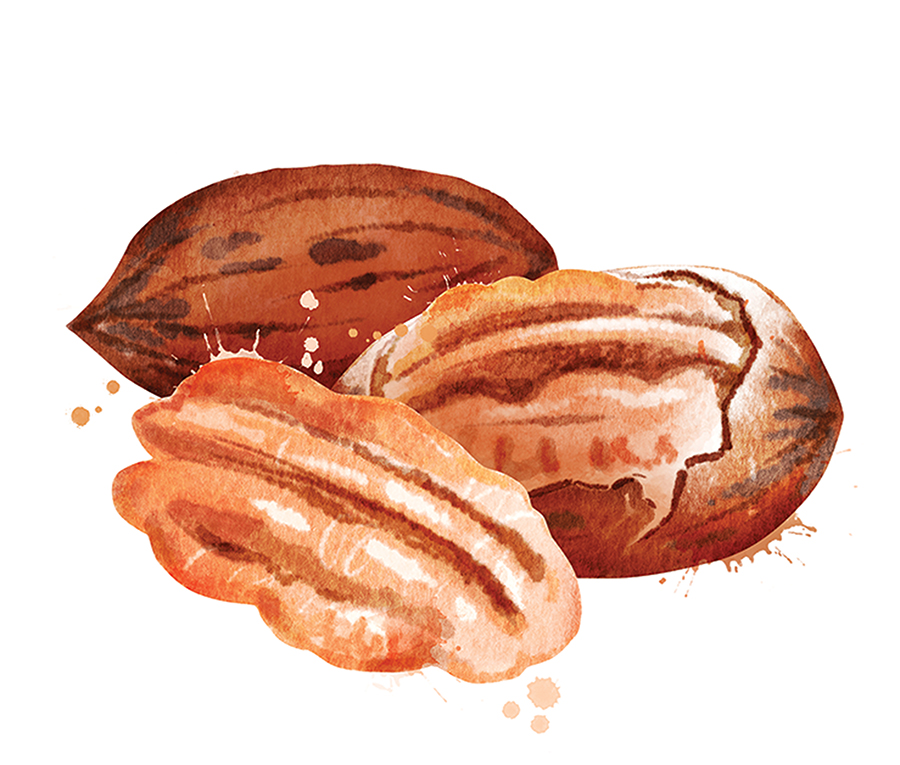
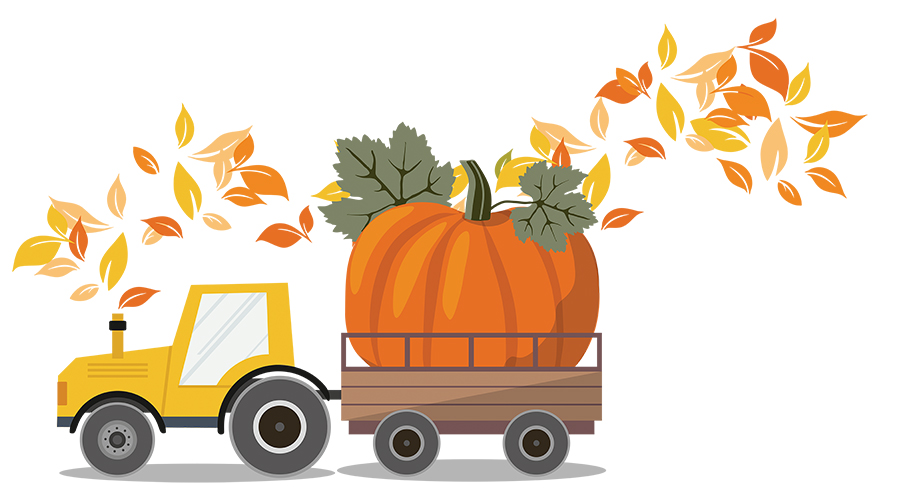
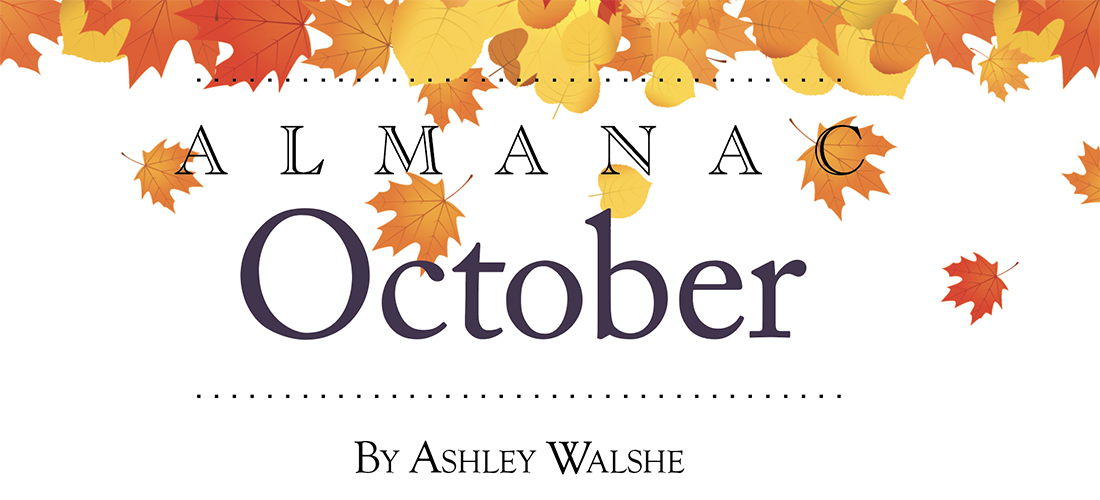
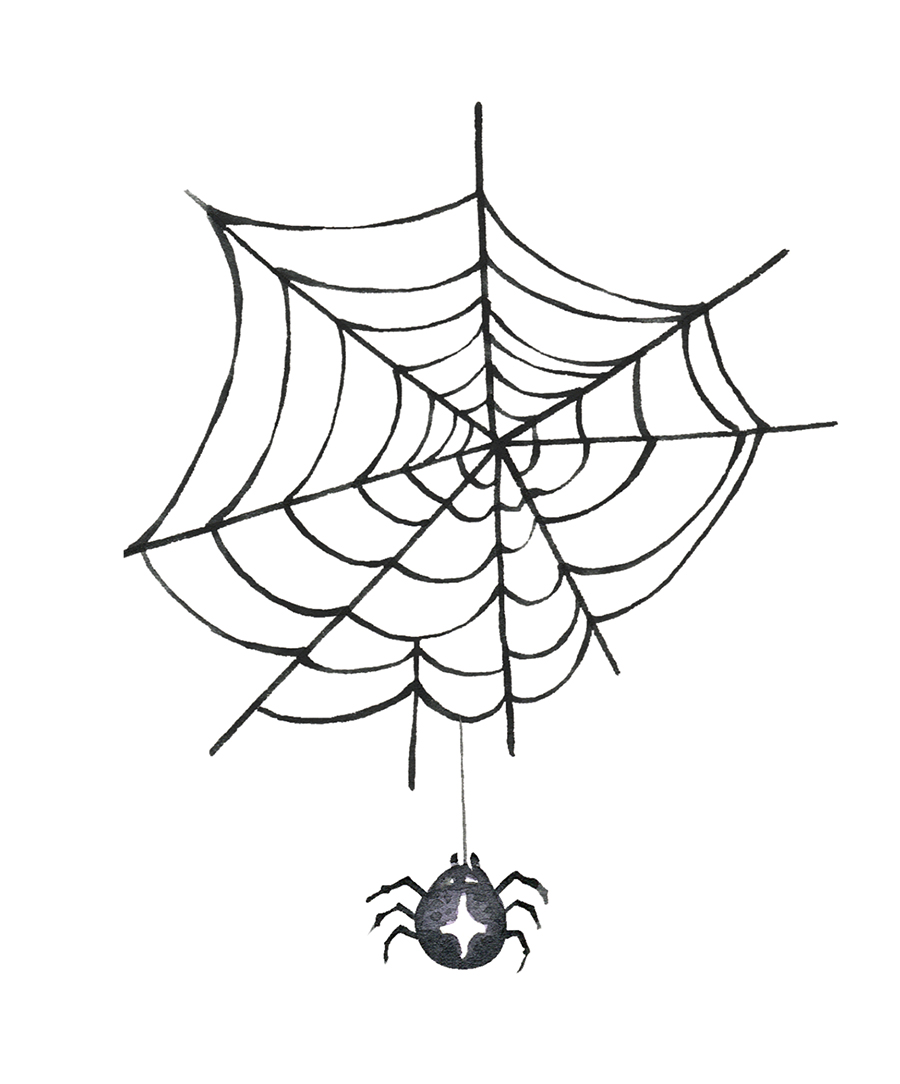 O
O